Bearded dragons are nothing like the Game of Thrones dragons you are imagining. They are not as big and do not breathe out fire. Neither are they threats to civilizations.
Bearded dragons are friendly and intelligent animals. They are called bearded because of their guttural pouch.
Like how humans have double chins, the bearded dragons have folds under their necks. These folds have tiny spikey projections.
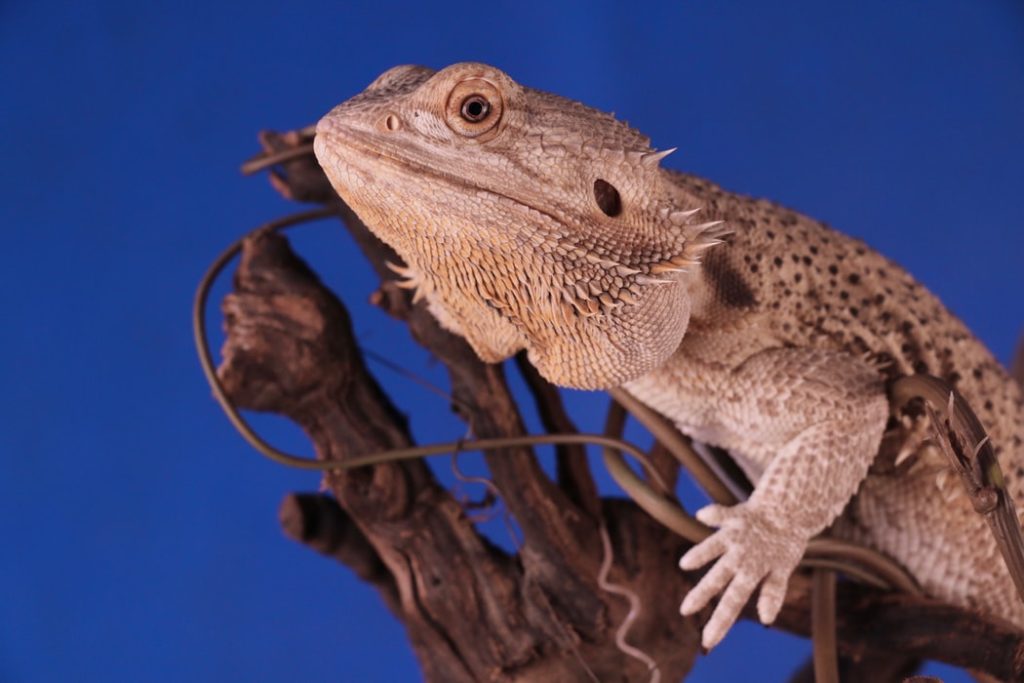
When the bearded dragons feel threatened or angry, they puff up their beards and open their mouths. This is to scare off the predator by giving an illusion of looking bigger. The bearded dragons beards turn jet black when they are upset or stressed out.
Male bearded dragons have a darker beard compared to female bearded dragons. Bearded dragons are native to Australia. The scientific name for a bearded dragon is Pogona. Bearded dragons are also called beardies. Bearded dragons are diurnal like human beings. They are active during the day and rest at night. Beardies do not have venomous bites!
Baby Bearded Dragon Care Tips
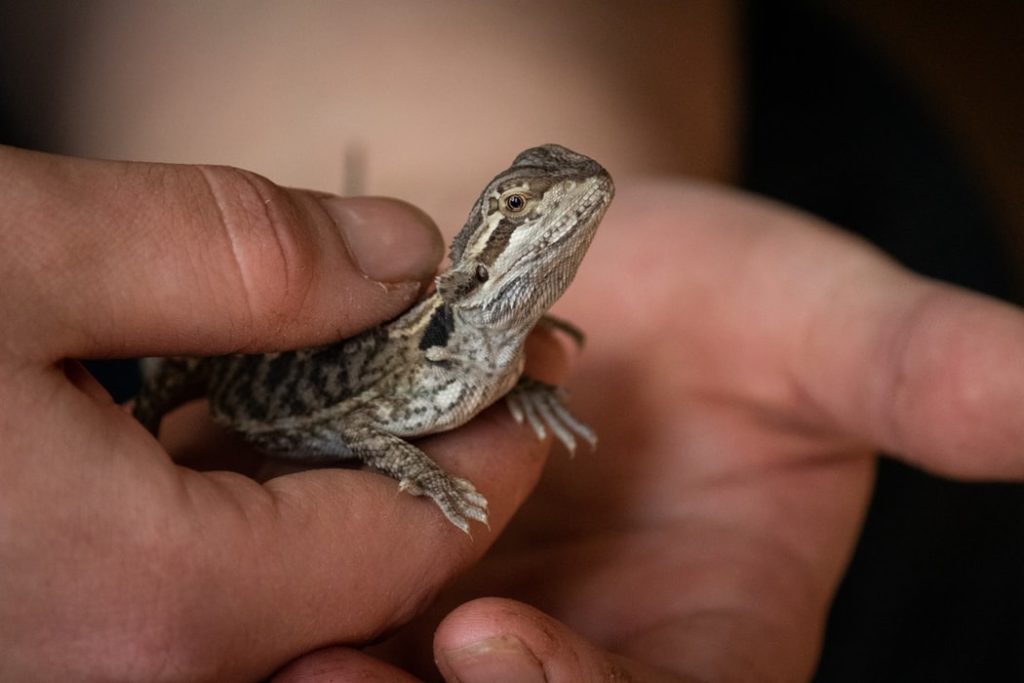
A baby bearded dragon grows fully within 18 months. The baby bearded dragons need a little heat. But, they can get too cold or too hot very easily. An easy way is to ensure, their cages have a warmer as well as a cooler side to it. The sides should differ between 10 to 30 degrees. An easy way to do it is to have a lamp over the cage on one end.
· Feeding them Roaches or Crickets’ work. Baby crickets are favorable too! They also eat different worms, from silkworms to butter worms. Feed them 2 to 3 times a day. Roaches are preferred over crickets. Dust them with multivitamins or calcium before feeding.
· A 20 to 30 gallon enclosed space is apt for baby bearded dragons. Smaller than 20, is not ideal.
· Cohabitating bearded dragons with other animals is not advisable. They enjoy their solitude.
A full-grown bearded dragon is between 40 and 60 cm long.
Check out dangers of housing an exotic pet here!
Bearded Dragon Tank/Cage
A 40-gallon tank is ideal for an adult bearded dragon’s habitat. Make sure to disinfect the cage, even if it is a new one. Glass tanks, similar to fish tanks are a great option. A substrate is the floor of the cage. For example, sand, paper towels even newspapers can be substrates. The décor you put inside the tank must be nontoxic.
The cage must have a screen lid, to help the light seep through and for air circulation. PVC cages tend to trap heat very well, which makes the bearded dragon very happy. But PVC tanks often have humidity issues. Vision cages, on the other hand, are a plastic cage with built-in lights. These are expensive. Even wooden cages are great alternatives for bearded dragons.
Having a basking spot in the tank is necessary for a bearded dragon. The UVB lighting has to be right above the basking area. A 100-watt degree blub is a good place to start. But feel free to experiment with the different UVB lighting options available.
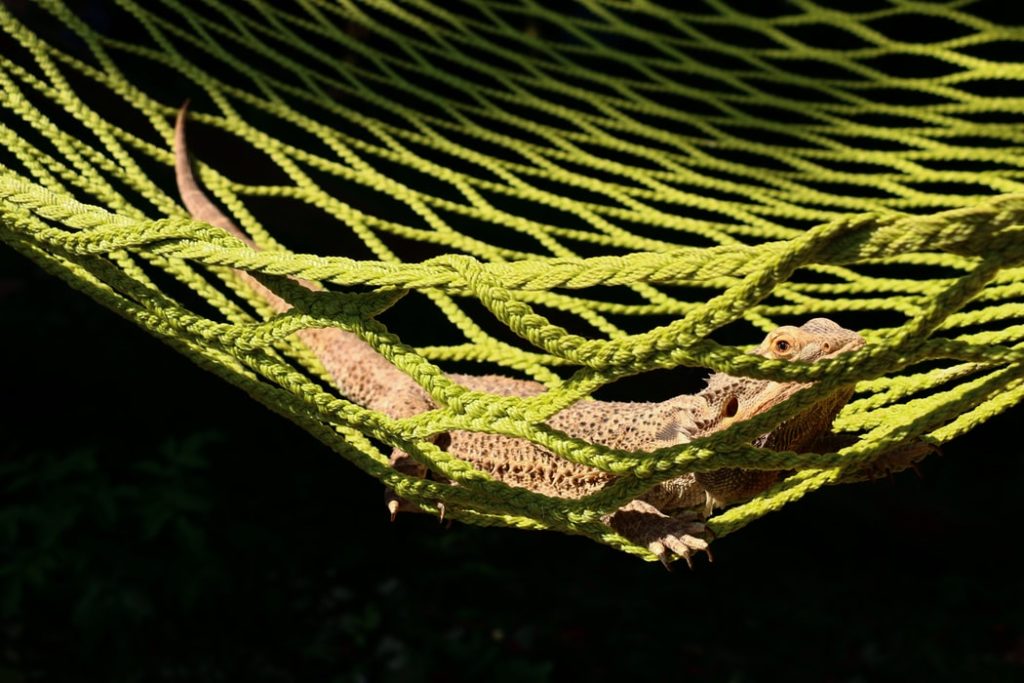
UVB lighting is extremely essential for their proper bone growth. It helps them generate vitamin D that is vital for their metabolism. The bearded dragon’s functioning and the internal systems depend upon adequate lighting. Another end of the tank must have cooler temperatures of around 70 degrees Celsius. At night the temperature should be around 70 to 75 degrees.
Keep an eye out for Humidity. If the humidity is too high it leads to respiratory problems. High humidity also causes bearded dragons to shed their skin. A water bowl that is wide enough for them sip from must be placed inside the tank. Spraying them with water once a day to keep them hydrated in the tank is a must.
Bearded Dragons are known to carry salmonella bacteria. Their cages must be cleaned every week. With the food and water being replaced every day. Make sure to wash your hands thoroughly after cleaning the tank or playing with the pet.
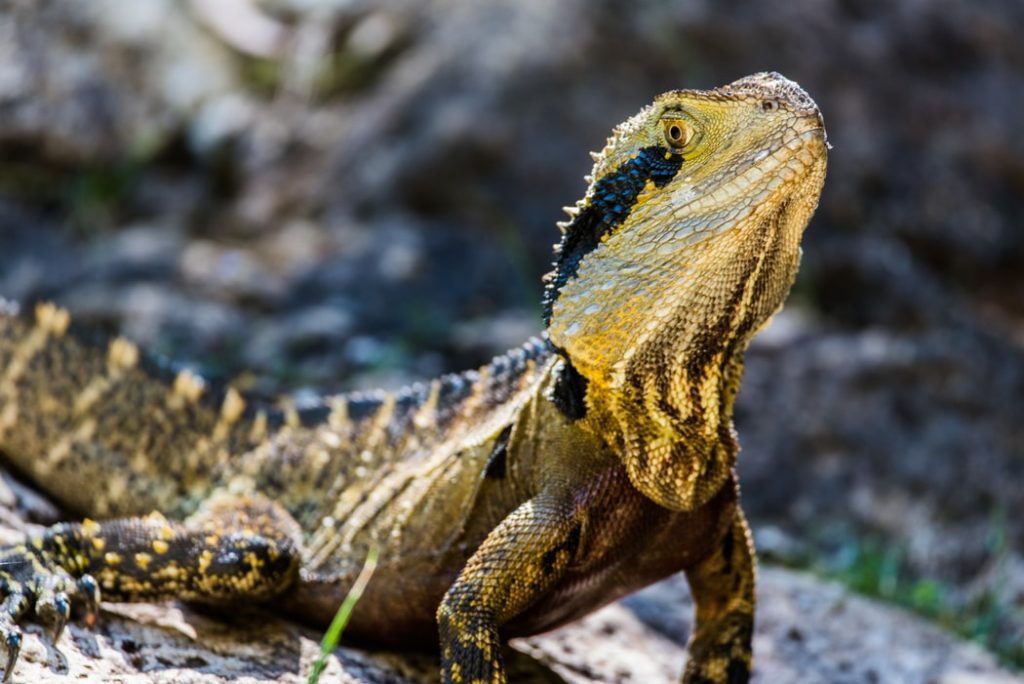
At the end of the day, what matters is to imitate the habitat of their native Australian land. Add hide and seek spots, add hammocks and plants. Make it feel like home for the bearded dragons!
Bearded Dragon Lifespan
On average, the lifespan of a bearded dragon is 10 years. But, with proper care, they can live for a couple more years.
Bearded Dragon Diet
Bearded Dragons are omnivores. Leafy greens, Earthworms, crickets, and chopped meat. Fruits flowers and tiny lizards are also part of their diet. Fireflies are poisonous for bearded dragons.
Bearded Dragon Characteristics
Bearded dragons wave at prospective mates. And, they bob their heads up and down rapidly. Bearded dragons can run for more than 5 miles a day. They are also very easy to train. The female bearded dragon may lay 20 to 22 eggs at once. The eggs take 3 and a half months to hatch.
Types of Bearded Dragons
Fancy Bearded Dragon
Fancy bearded dragons have smoother skin with less scaling. While other bearded dragons have a coarse skin texture. Bearded dragons have a tan color. Fancy ones have a reddish hue. A fancy bearded dragon refers to one that has unique color combinations. These ranges can vary from breeder to breeder.
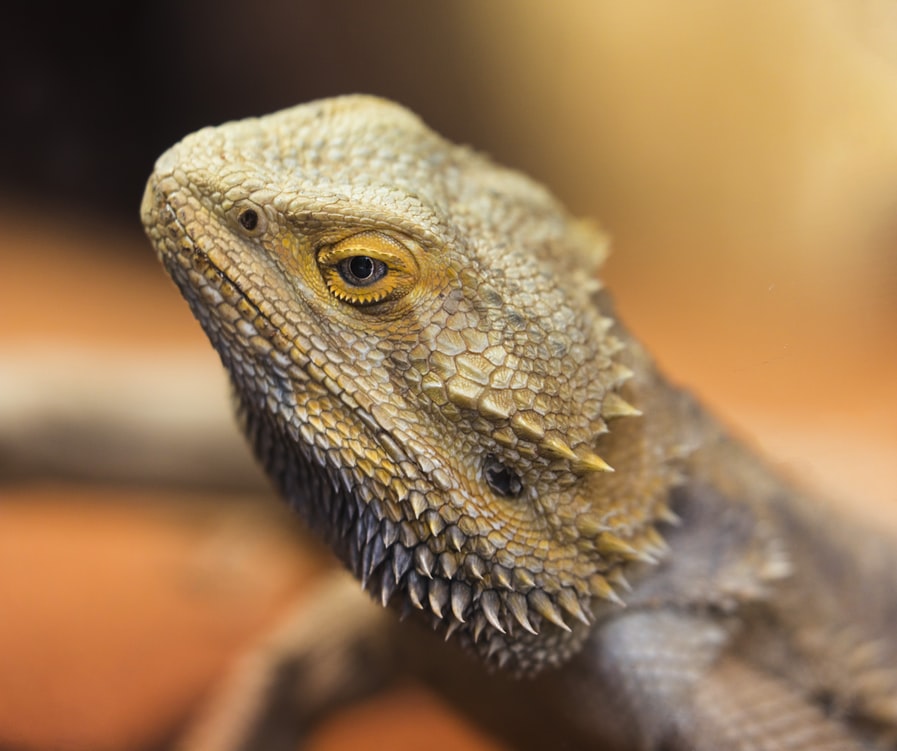
Red Bearded Dragon
Red ruby, red and blood red-bearded dragons have reddish skin. The color comes from that of the parents. Crossbreeding dragons of different colors welcomes a new generation with different hues. Red bearded dragons are the second most common type in the market.
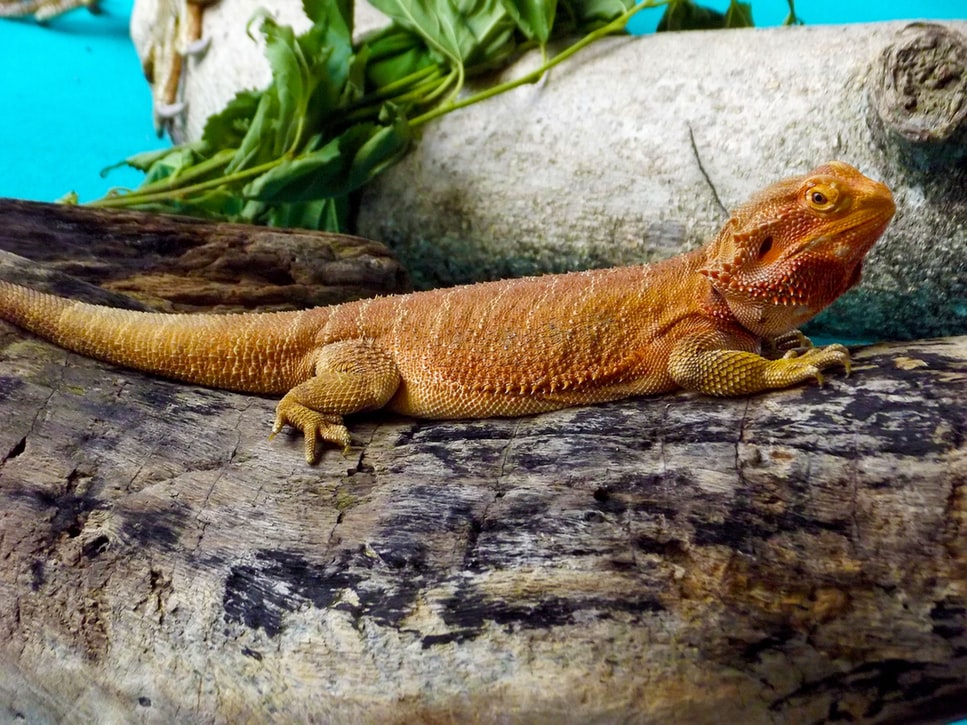
White Bearded Dragon
Albino and Snow bearded dragons have pale white skin. Zero bearded dragons are colorless. There are no patterns on their backs. They are translucent with a leatherback. A leatherback is when the skin is smooth and there only spikes on the side. Bearded dragons with leatherbacks tend to visually enhance the color of the dragon.
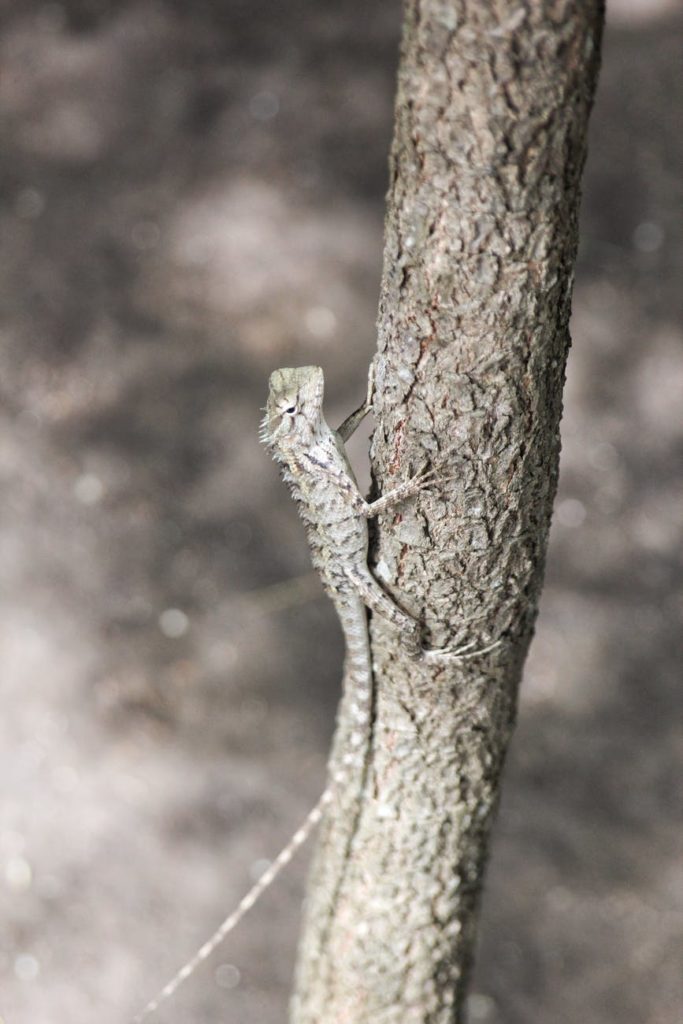
Some frequently asked questions about bearded dragons
-
How often should I feed my bearded dragon?
Feed adult bearded dragons once a day, offering a combination of insects and vegetables, while juvenile dragons should be fed twice a day to support their growth. -
How long do bearded dragons live?
With proper care, bearded dragons can live anywhere from 10 to 15 years or even longer in some cases. -
What is the ideal temperature for a bearded dragon’s enclosure?
Maintain a temperature gradient within the enclosure, with a basking spot around 95°F (35°C) and a cooler side around 80°F (27°C) during the day, with a slight drop at night. -
How big do bearded dragons grow?
On average, bearded dragons reach a size of 18 to 22 inches (45 to 55 cm) from head to tail when fully grown, but some can grow larger depending on their genetics and health. -
Do bearded dragons require UVB lighting?
Yes, bearded dragons require UVB lighting to properly metabolize calcium and maintain overall health. Use a UVB light specifically designed for reptiles and follow the recommended guidelines for placement and duration. -
How do I set up a proper habitat for my bearded dragon?
Ensure your bearded dragon’s enclosure includes a suitable size tank, appropriate substrate, temperature gradient, UVB lighting, basking spots, hiding places, and clean water for drinking. -
Can bearded dragons be housed together?
It is generally not recommended to house multiple adult bearded dragons together as they can become territorial and may exhibit aggressive behavior. However, juveniles can be housed together if they are similar in size and monitored closely. -
How do I handle and interact with my bearded dragon?
Approach your bearded dragon calmly and support their body while handling to prevent injury. Start with short handling sessions and gradually increase the duration as they become more comfortable. -
What are the signs of a healthy bearded dragon?
Signs of a healthy bearded dragon include clear eyes, alertness, regular eating and drinking, solid waste, healthy skin and scales, and a balanced temperament. -
What are common health issues in bearded dragons?
Common health issues in bearded dragons can include metabolic bone disease, respiratory infections, parasites, shedding problems, and gastrointestinal issues. Regular vet check-ups and proper husbandry practices can help prevent and address these issues. -
How often do bearded dragons shed their skin?
Bearded dragons shed their skin periodically as they grow. The frequency of shedding depends on their age and growth rate, but it typically occurs every few weeks to months. -
Can bearded dragons swim?
While bearded dragons are not natural swimmers, they can swim if necessary. However, ensure the water is shallow and the dragon is supervised to prevent accidents. -
Are there specific substrates I should use in my bearded dragon’s enclosure? Suitable substrates for bearded dragons include reptile carpet, ceramic tiles, or paper towels for easy cleaning and to minimize the risk of ingestion.
-
How do I sex a bearded dragon?
Determining the sex of a bearded dragon typically requires a visual examination of their vent area, where males have hemipenal bulges and females have a single opening. -
Can bearded dragons be trained?
Bearded dragons can be trained to some extent. They can learn to recognize their owners, follow basic commands, and may respond to positive reinforcement training techniques. -
What are the different color morphs of bearded dragons?
There are various color morphs of bearded dragons, including citrus, hypo, translucent, leatherback, and many more, each with unique patterns, colors, and characteristics. -
How do I know if my bearded dragon is brumating or sick?
Brumation is a natural state of dormancy similar to hibernation that bearded dragons may enter during colder months. If your dragon is otherwise healthy with no signs of illness, reduced appetite, and decreased activity may indicate brumation. -
Can bearded dragons eat fruits and vegetables?
Yes, bearded dragons can eat a variety of fruits and vegetables, including leafy greens, squash, bell peppers, berries, and more. However, some fruits and vegetables should be given in moderation due to their high sugar or oxalate content. -
Are there any potential hazards or toxic substances for bearded dragons?
Yes, some common hazards for bearded dragons include certain plants, toxic insects, pesticides, cleaning products, and improper substrate or enclosure materials. Always research and ensure the safety of any items or substances in their environment.
Caring for a bearded dragon can be a rewarding and fulfilling experience. By following the tips and guidelines provided in this comprehensive guide, you are equipped with the knowledge to create a healthy and thriving environment for your bearded dragon.
Remember to provide a balanced diet, maintain proper habitat conditions, monitor their health, and understand their behavior.
With your dedication and care, you can enjoy a long-lasting bond with your fascinating bearded dragon companion. Embrace the adventure of being a responsible and knowledgeable bearded dragon owner, and watch as your scaly friend thrives in their happy and enriched life.
